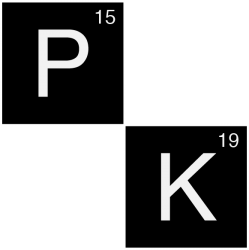“Part of the total clearance due to renal excretion”
Description
Renal clearance mainly reflects the excretion of drug into the urine by the kidneys. Renal excretion of the drug is the neat result of glomerular filtration, active tubular secretion and tubular reabsorption. Rare drugs may undergo renal metabolism (e.g. insulin).
The value of renal clearance is often used to identify the main mechanism involved in the renal excretion of the drug. Usually, if the renal clearance approximates the product of glomerular filtration rate by the unbound fraction of the drug, then filtration is thought to be the prominent mechanism. When renal clearance is less than the product of glomerular filtration rate by the unbound fraction, then renal reabsorption is assumed. When renal clearance is greater than the product of glomerular filtration rate by the unbound fraction, then secretion is thought to be present. However, all mechanisms may be operating, but one or two may dominate over the other masking their contribution.
Variation of renal blood flow or of the unbound plasma drug concentration may more or less affect renal clearance, depending on the drug’s renal extraction ratio. The drug’s renal clearance can also be influenced by variation of its tubular secretion through a competitive or non-competitive inhibition or by a change in its passive reabsorption rate, e.g. through change of the urine pH (e.g. through ion trapping). Furthermore, an increase of urine flow diminishes the time available for tubular reabsorption and therefore, can increase renal excretion of drugs.
Clinical implications
Usually, a drug’s renal clearance is proportional to the patient’s renal function. Whether a drug’s dosing rate needs to be modified in patients with renal dysfunction depends on whether the drug is primarily excreted through the kidneys and whether increased drug levels are associated with adverse effects.
In some cases, renal clearance may be artificially reduced by inhibiting the renal tubular secretion of the drug. This prolongs the drugs half-life and may produce undesired accumulation. But is can also allow spacing of the doses (e.g. co-administration of probenecid with penicillin). Likewise, renal clearance of a weak acid or base may be artificially increased by acidification or alkalization of the urine and therefore increasing the ion trapping of the drug in the urine.
Chart Pharmacokinetics
Related terms
Excreted fraction (fe): fraction of the drug that is excreted unchanged in the urine.
Assessment
Renal clearance estimation from urine and plasma drug concentration:
$$CL_{renal} = {\text{urine flow} * \text{urine concentration} \over \text{plasma concentration}}$$
Renal clearance estimation from the renal extraction ratio and renal perfusion:
$$CL_{renal} = Q * E$$
$$fe = {CL_{renal} \over CL_{total}}$$
CL renal = renal clearance
CL total = total clearance
Q = renal perfusion
E = extraction ratio
fe = the excreted fraction

